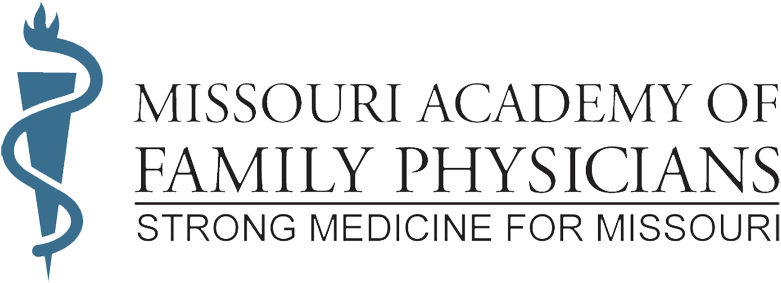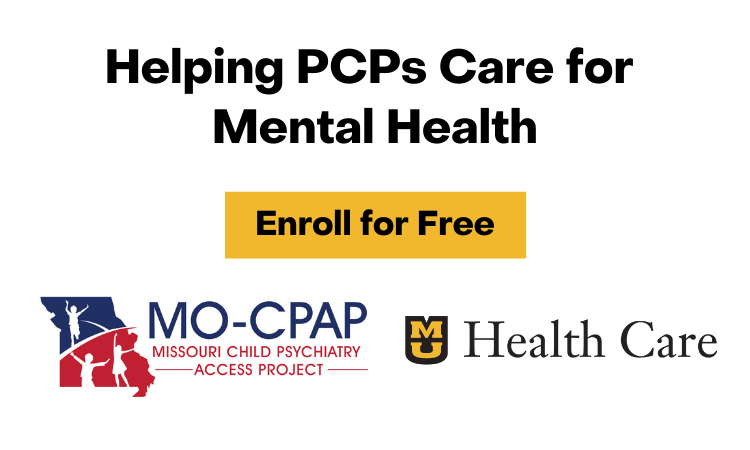So, what does influence students to go into their respective specialties? What can the medical community and medical schools do to attract students to primary care? According to a 2013 research article1 on what factors are important to first year medical students, students ranked “enjoying the work I do” and “having control of the work schedule” as their top 2 reasons for choosing a specialty. Financial compensation was ranked near the bottom. On the other hand, there has been studies2 showing that medical students with high student loan debt are more likely to have higher levels of stress, delay getting married, having children, buying houses and may also be more likely to choose a specialty with a higher income.
As a 4th year medical student preparing to apply to into family medicine residencies, I can only offer my own narrow experience of choosing a specialty. Although I had expressed an interest in primary care early in medical school, I had originally wanted to be a general pediatrician. I found that choosing a specialty depended on experiencing various clerkships during third year. For me and many of my peers, especially those who were undecided, experiencing how lifestyles and type of work differed from rotation to rotation ultimately attracted us to a certain specialty. I enjoyed the outpatient setting, longitudinal patient relationships, and having relatively easier hours compared to other rotations. However, the support I received from the MAFP, AAFP, and excellent mentors from my medical school is really what drove my enthusiasm to family medicine. Thus, it is the school environment and advisor attitudes that make all the difference. Schools that encourage students to engage in community service, offer mentorship, provide student leadership opportunities, and have advisors who support and encourage decisions to go into primary care, rather than deter them, will foster early interest in primary care. Strong family medicine departments and excellent faculty can guide undifferentiated students into family medicine will champion the upbringing of new generations of family physicians.
If NYU is seriously committed to bringing in more low-income students, they must ensure their selection process prioritizes student’s backgrounds and desire to help low income communities. In addition to relieving student debt, if NYU (or any school) hopes to turn out more family physicians they must carefully evaluate their own curriculum’s engagement with community service within underserved populations, as well as how their faculty and advisors view family medicine as an essential part of delivering healthcare. While free tuition would be a dream for any medical student, the reality of deciding what kind of doctor we want to be for the rest of our lives is much more complicated.
………..
Sources:
- Clinite, Kimberly L., et al. “Primary care, the ROAD less traveled: what first-year medical students want in a specialty.” Academic Medicine10 (2013): 1522-1528.
- Rohlfing, James, et al. “Medical student debt and major life choices other than specialty.” Medical education online1 (2014): 25603.
…………. . . .
About the Author
By: Mimi Liu & Morgan Dresvyannikov
Sirui Liu, who goes by Mimi, is a current 4th-year medical student at St. Louis University and is a proud St. Louis native. She is excited to apply for family medicine residencies this fall. What attracts Mimi to family medicine is the broad scope of practice that includes seeing adults, children, women’s health, as well as the versatility of the field; family physicians can practice literally anywhere in the world in any type of setting from hospitals to urgent care, delivery rooms, and clinics. She would like to practice in an underserved population and continue advocacy work. Wherever she ends up, she hopes she’ll be close to an Asian bakery store with some good bubble tea.



